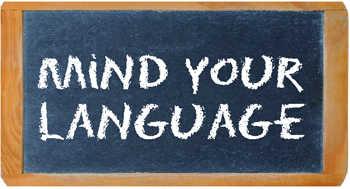
Ratna Raman
ROOSTERS crow (verb) each morning but crows only caw. “Eating crow” is idiomatic acknowledgement of humiliation but “crowing over” announces victory. Apostle Peter denies knowledge of Christ, long before the rooster finished crowing. Popular portrayal of crows and ravens is a “mixed bag” in Occidental cultures.
Crow Tyrannosaurus (1970), a poem by Ted Hughes, classifies the crow as a devouring dinosaur because in the food chain, powerful humans are finally consumed by the very worms that the crow, lower down in the order, eats for breakfast. In Hughes’ visually powerful poems the crow is an emblem of human frailty and arrogance.
Charles Dickens, who kept ravens as pets, created Grip the raven in Barnaby Rudge to befriend simpleton Barnaby. Inspired by Dickens’ narrative and bird, Edgar Allan Poe’s poem, The Raven (1845), presents a dark, ominous bird, capable of prophecy. In Europe and in Scandinavian cultures, the bird’s black plumage and exterior allowed it to be co-opted as a bad omen.
Joan Aiken’s book for children, Mortimer Says Nothing, narrates the adventures of Mortimer the crow and Arabel. Aiken’s Mortimer is a wise, eccentric and social bird. Alfred Hitchcock’s film, The Birds, has terrifying close-ups of crows sitting on the swings in a children’s park. Hitchcock’s visuals tap into negative cultural associations, recalling usage such as “a murder of crows” or “an unkindness of ravens” to create fear. Currently, ravens are bred in the Tower of London based on an old belief that the tower would fall, were the birds to leave.
Sherman Alexie’s Crow Testament (2000) provides a brilliant rebuttal of the dark associations evoked in many cultures by these gregarious and gorgeous black birds. Rooted in the native American tradition, Alexie’s poem draws upon older memories of the crow in indigenous American communities. The crow was a familiar bird, funny and wise, part of creation genealogies, part totem and friend in several tribes. Alexie’s poem does away with sinister mythologies surrounding the crow. The crow personifies the Native American, at different points in history, deprived of his beliefs and traditional ways, pushed into reservations with little to hope for. The bird is sacred to Native Americans, and they never “eat crow”.
Perhaps, this is a good time to look closely at Indian crows. RK Laxman, India’s most loved cartoonist, has outstanding sketches of the bird proving that he loved the common crow as much as his common man.
An intelligent bird, the crow’s all- too-human susceptibility to flattery allows it to be tricked by the foxes in folk tales. Hurried baths in cold weather by reluctant youngsters were equated with “crow-like bathing” since crows perch gingerly at the water’s edge, trying to avoid contact while using it.
Despite eating carrion, Indian crows have seldom been perceived as birds of ill omen. In fact, no shraadh is deemed satisfactory until a crow partakes of the offerings. Dead ancestors, it is believed, reincarnate as crows and turn up to eat their rightful portion. Even today, no such place of honour is extended to any other visiting bird at the shraadh.


























